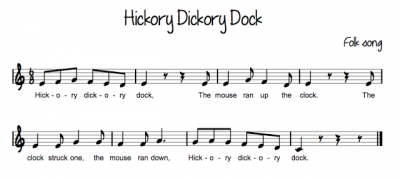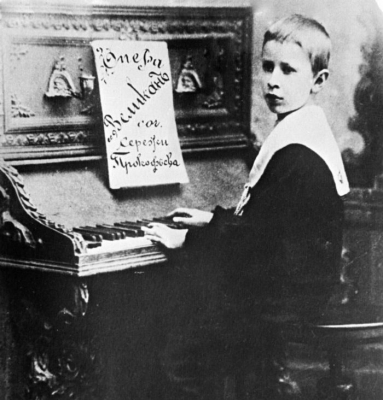
Long ago, thousands of rats invaded the German town of Hamelin. The rats were everywhere. They even swarmed into the houses. People could not move without touching a rat. Neither cats nor traps could destroy the swarm of rats.
One Friday, a piper wearing a many-coloured cloak came to town. “I can rid your town of rats,” the piper told the mayor.
“Then I will pay you one coin a head,” the mayor said.
As soon as the moon rose, the stranger started playing a haunting tune. Rats ran out of all the houses into the town square. The piper played a lively tune and led the rats to the nearby Weser River. The rats rushed to the water and jumped right in.
“Pay me,” the piper said to the mayor on Saturday morning. “Nine hundred and ninety thousand, nine hundred and ninety nine rats drowned in the river. You owe me one coin a head.”
“Let us count the heads first,” the mayor said.
“If you want the heads,” the piper cried, “fetch them from the river.”
“By rights, we can refuse to pay you anything,” the mayor answered.
“If you do not pay me, your children will,” said the piper.
“Collect from our children?” the townspeople jeered. “How cleverly the mayor has tricked the piper!”
On Sunday, after the townspeople returned from church, they looked all around for their sons and daughters. “Where can they be?” the people asked.
In all of Hamelin, only one lame boy remained. “The piper played a haunting tune, and the children followed him out of town,” the boy told the parents. “That nearby hill opened wide, and they marched right in. By the time I reached the hill, the opening had closed.”
The parents ran out of town with axes and hammers. They tried but failed to open up the hill that had swallowed their children. Most miserable of all was the mayor. He had lost three boys and two girls.
“The mayor should have paid the piper,” the townspeople moaned. “How could we think he was clever? He is the biggest fool of us all!”
Picture Credit : Google










